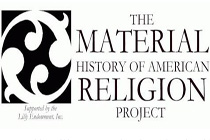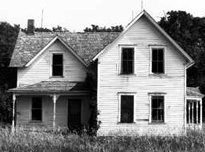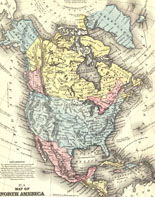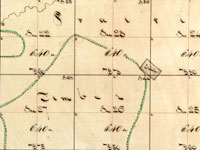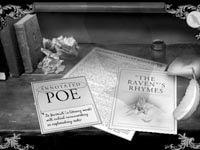Integrated Public Use Microdata Series
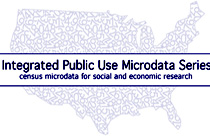
Currently provides 22 census data samples and 65 million records from 13 federal censuses covering the period 1850-1990. These data "collectively comprise our richest source of quantitative information on long-term changes in the American population." The project has applied uniform codes to previously published and newly created data samples. Rather than offering data in aggregated tabular form, the site offers data on individuals and households, allowing researchers to tailor tabulations to their specific interests. Includes data on fertility, marriage, immigration, internal migration, work, occupational structure, education, ethnicity, and household composition. Offers extensive documentation on procedures used to transform data and includes 13 links to other census-related sites. A complementary project to provide multiple data samples from every country from the 1960s to 2000 is underway. Currently this international series offers information and interpretive essays on Kenya, Vietnam, Mexico, Hungary, and Brazil. Of major importance for those doing serious research in social history, the site will probably be forbidding to novices.

